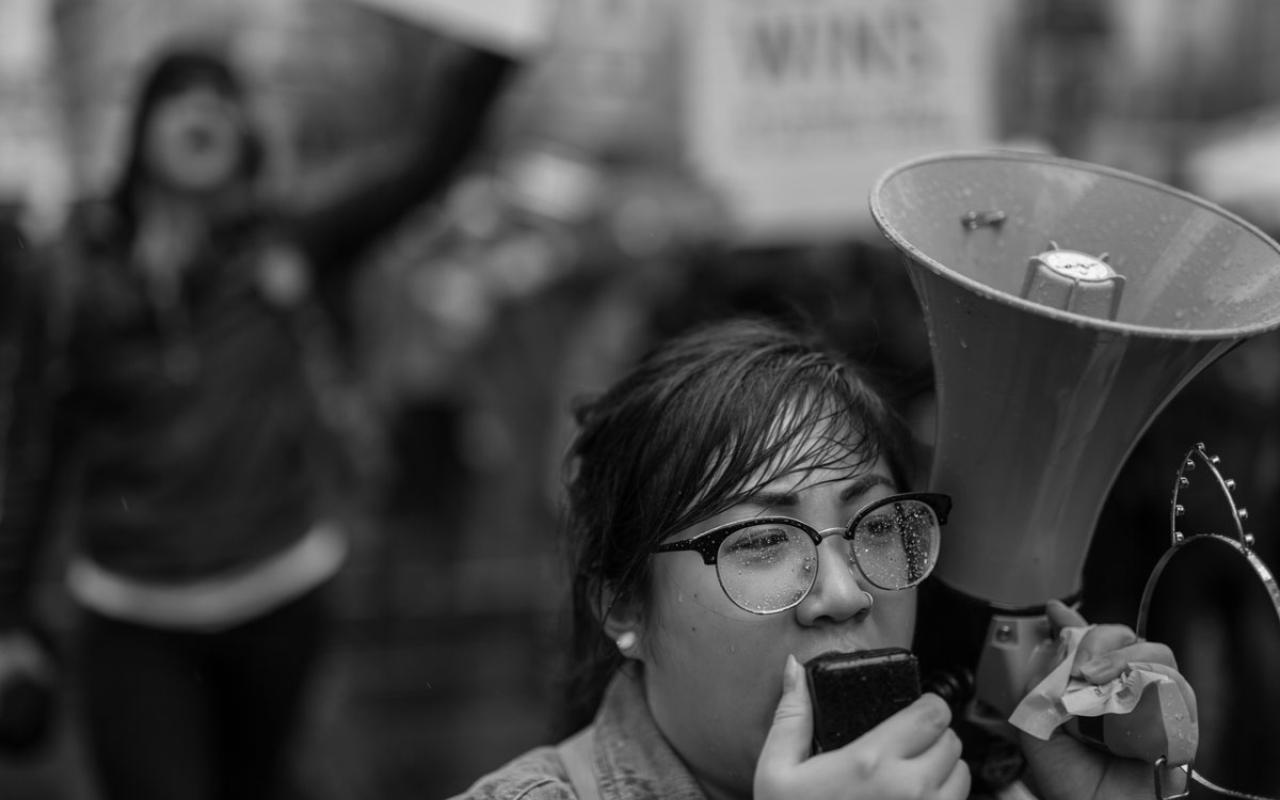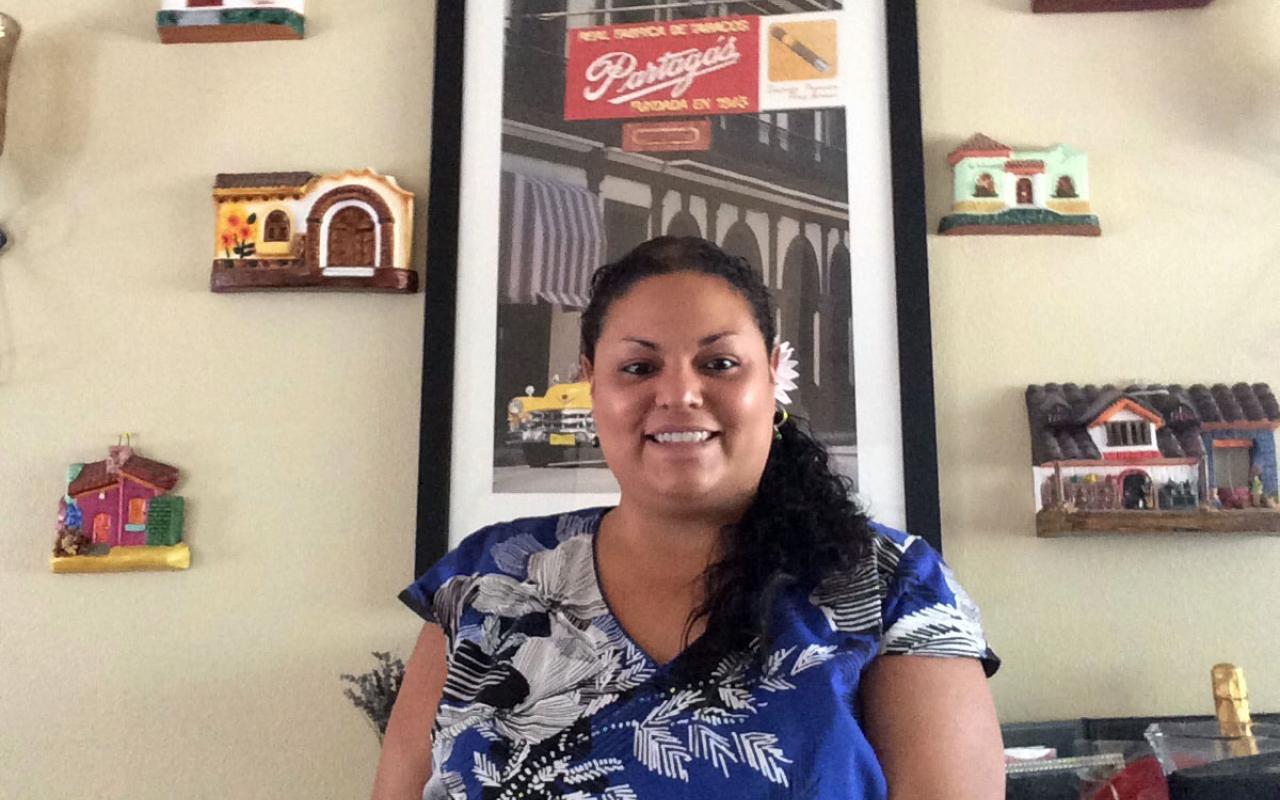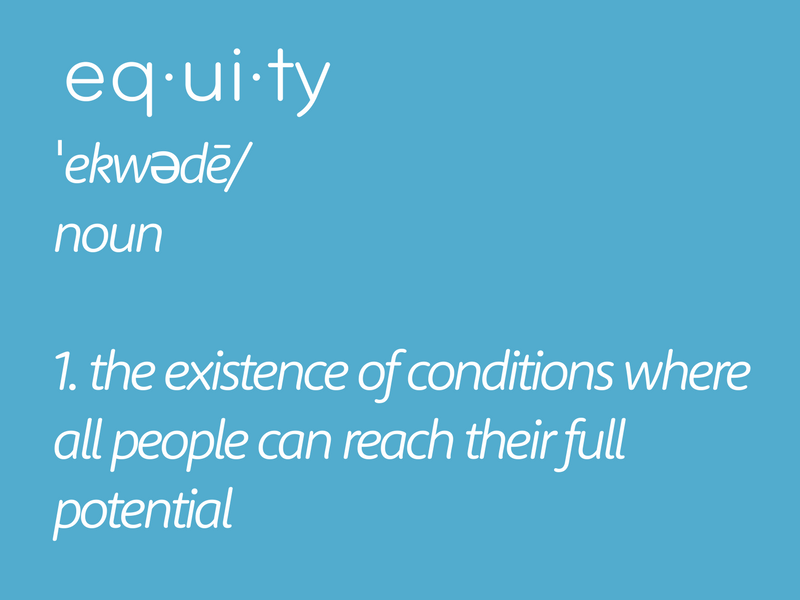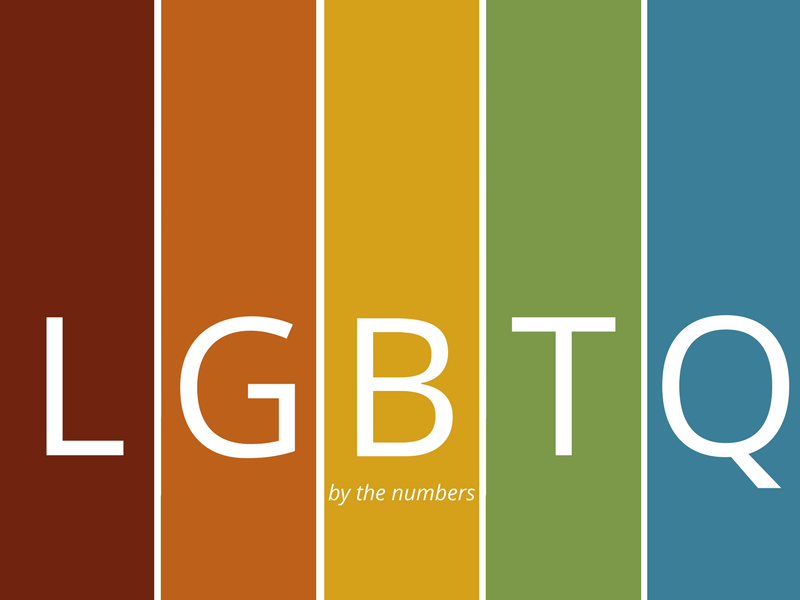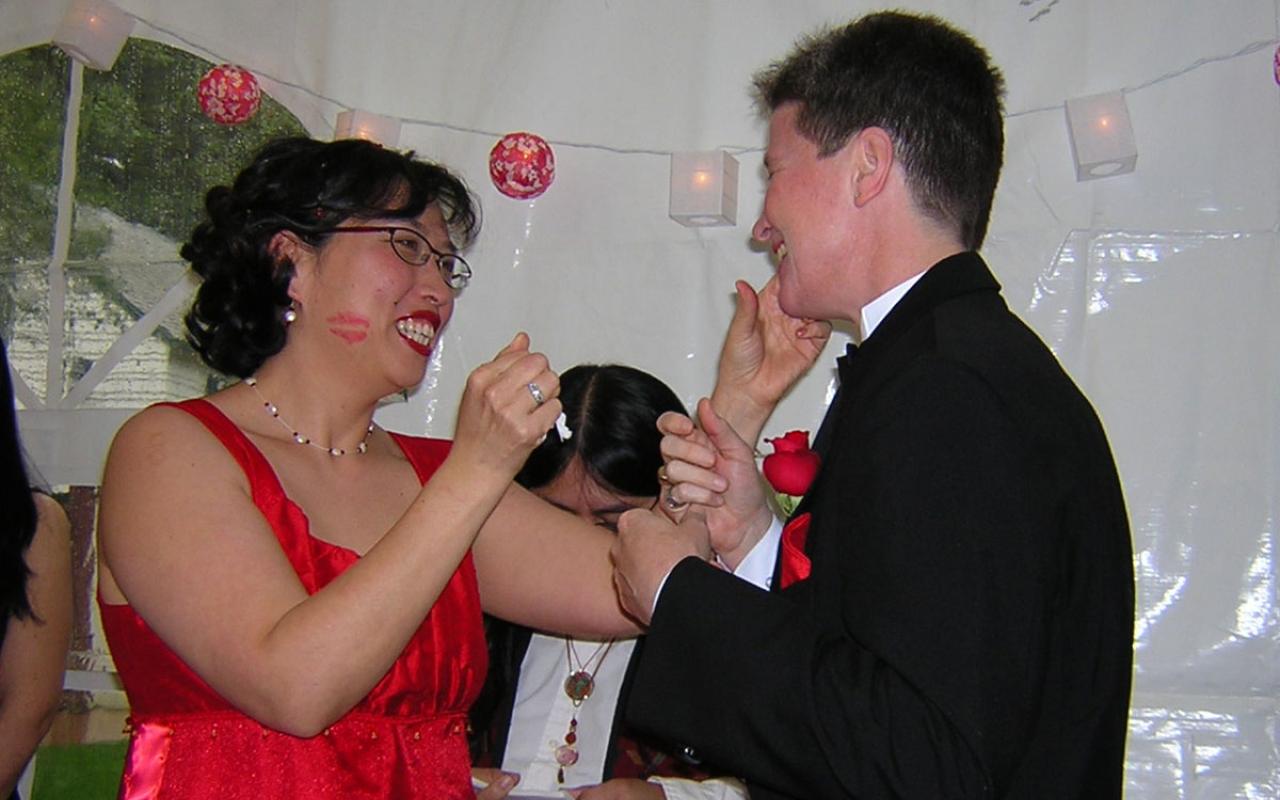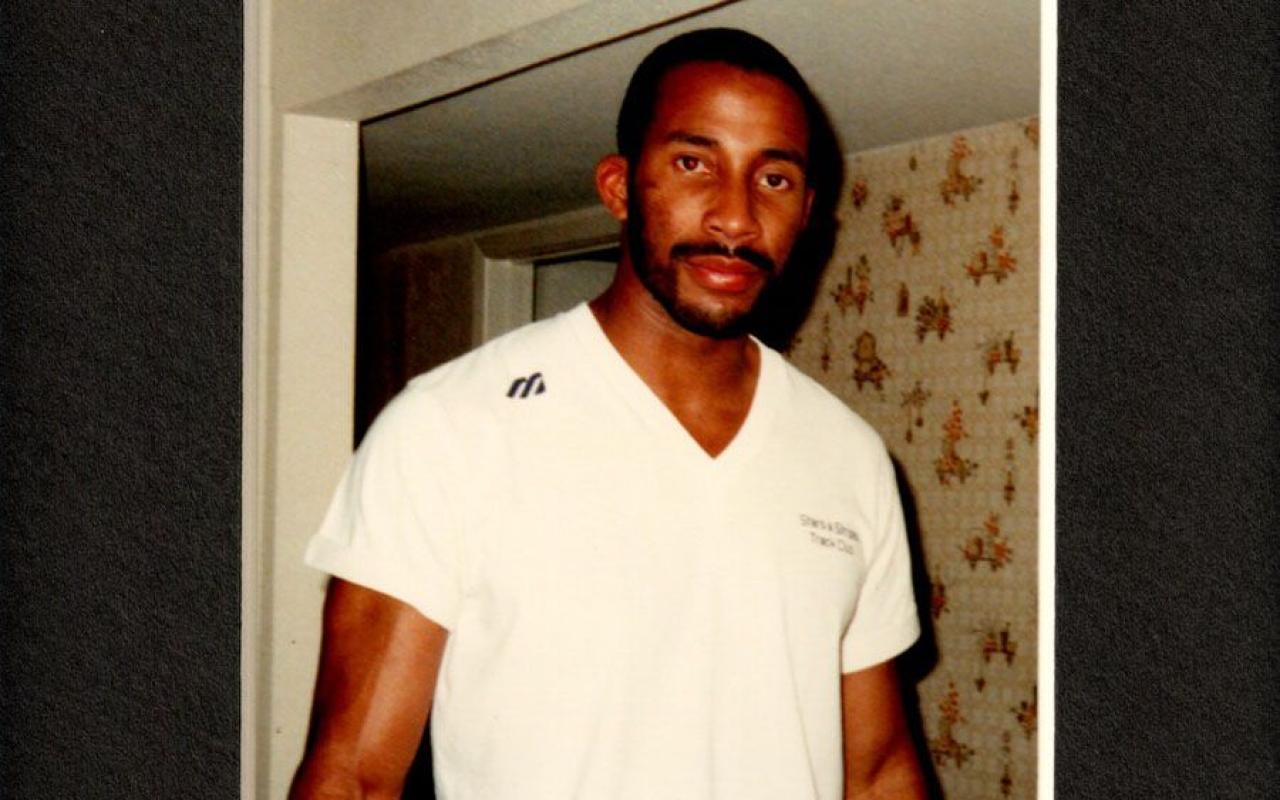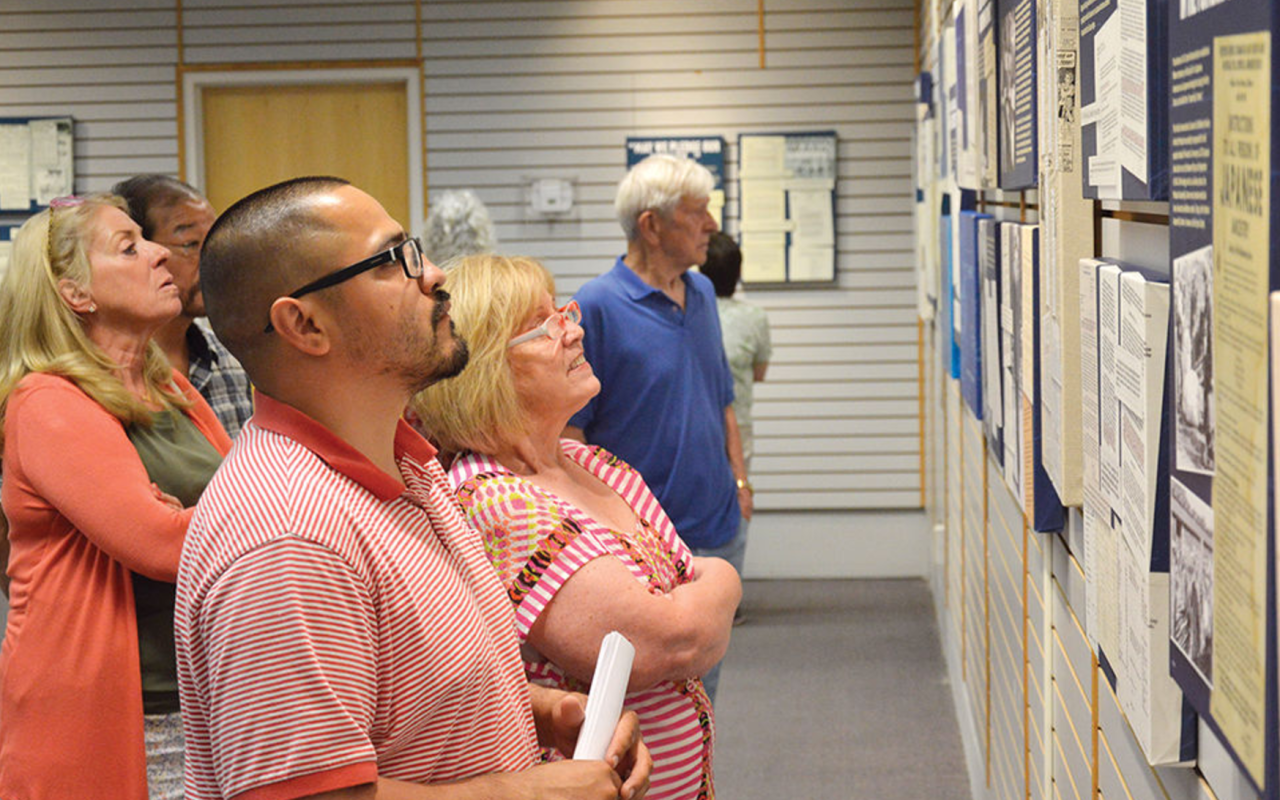Alignment in the face of new threats
I’m often asked what I’m seeing from my seat at Meyer since I have somewhat of a bird’s-eye view of the ecosystem of nonprofits working for a healthy environment across the state. So, I thought I would share a few recent observations with an aspiration of helping support further development of the diverse and inclusive movement we need to ensure the long-term health of our communities and the environment.
Top of mind is the current political climate and how it’s affecting organizations working for a healthy environment. I’m also mindful of Meyer’s equity lens, which we apply to all our work, and our responsibility to be transparent about what we are learning and seeing. Together these provide the backdrop for my observations.
1. Many organizations are feeling strained, but they are also resilient and building strength
With basic environmental protections, action on climate change and public lands protection in the crosshairs of the Trump administration and a polluter-friendly U.S. Congress in place, many organizations working for a healthy environment are stepping up their defensive efforts or joining forces with others to protect key environmental protections and recent gains. In some cases, groups have had to shift priorities to do more rapid response work, which has increased stress and also affected funding needs and direction.
Organizations of color and other organizations whose core constituents are “frontline communities” — those that experience oppression and disparities based on one or more identities — and who also work on environmental issues are doubly strained. However, they are also doubling down on resistance. In the face of attacks by the Trump administration and rising hate crimes, they are drawing upon their resiliency and organizing experience to support their communities and advance larger goals for change.
At the same time, many organizations have experienced a post-election surge in individual contributions, which is providing some of the unrestricted resources they need to help navigate the new political environment and shift priorities. In addition, some funders have deployed new flexible resources to help address these needs. We recognize the need for more sustained and flexible support.
Because of Oregon’s current political leadership, we’re hearing from national environmental partners who see the opportunity to bring new capacity to Oregon for positive work, particularly focused on climate and clean energy. This means that Oregon may get a boost in capacity to support current policy efforts and help develop strategies for success that could be replicated elsewhere.
2. Partnerships between mainstream environmental organizations and organizations led by frontline communities are increasing, but most appear to be focused on transactional vs. transformational change.
When I reflect on specific on-the-ground projects that we are learning about through our annual funding opportunity, I’m seeing more mutually beneficial transactional work and some seeds of transformational change. I distinguish “mutually beneficial transactional work” from “transactional work” in that the former is actually positive and beneficial to both partners, versus the latter, which is extractive and has negative impact on the underserved communities and the organization serving them. One-off mutually beneficial transactional work can produce wins for both parties, but these partnerships do not alter the fundamental form or function of the existing power structure, institutions or systems that define how things work. These systems are fundamentally flawed in that they are built on a power structure that consistently privileges certain groups over others.
Mutually beneficial transactional work can be a useful first step in advancing change but must evolve into change efforts that aim for transformation. Transformational change requires a greater investment and will on the part of all partners. It requires a willingness and commitment to altering the fundamental power structures and relationships in society and creating new systems built upon principles of organizational sustainability and equity.
3. Organizations are beginning to look for ways to deepen and expand their collaborative work.
In response to the tense and rapidly changing political environment, I’ve heard about and participated in a number of convenings of organizational leaders that share the common theme of building relationships to lay groundwork for new and deeper collaboration. Environmental justice and social justice organizations, tribal organizations, other groups serving frontline communities and funders have been most active in these conversations.
A modest number of Oregon’s mainstream environmental organizations have been engaged in these discussions as well. However, many environmental groups have not yet been invited to participate at these tables because their relationships with organizations serving frontline communities are only emerging. I would like to help support the appropriate next steps to broaden the tables that have emerged and foster deeper relationships to move beyond tactical and transactional work toward transformational, movement-scale efforts.
I believe that more strategic convening can help unify and align efforts, strengthen channels of communication between organizations and build alliances for larger social and environmental change in the future.
4. Environmentalists are joining protests against racism and working to develop more inclusive, equitable and diverse organizations.
Although we’ve seen some recent missteps and there is still far to go to build an anti-racist environmental movement in Oregon, we are seeing a growing number of examples of mainstream environmental organizations taking action to protest racism and act as allies to people of color, immigrants and refugees and others being threatened in the current climate. Some environmental groups have joined forces with social justice groups and others to defend Oregon against anti-immigrant and anti-Muslim policies and ballot measures. They have engaged their members at rallies for immigrant rights, spoken up against attempts to link anti-immigrant actions to an environmental protection agenda and collaborated in other advocacy efforts. This is important progress, and we hope to support more action like this.
We are also seeing a growing number of organizations seeking support for efforts to deepen their understanding of diversity, equity and inclusion as well as make strategic changes in how their organizations operate. We are committed to nurturing this external and internal work for the long-term and aim to look for ways to stimulate efforts that can lead to deeper progress.
The four reflections I offer here are among the observations that have continued to surface over the past months. The Healthy Environment team is proud and honored to help support and be a part of the creative, persistent and powerful ways that organizations are working to protect the environment so that all of Oregon’s diverse communities benefit equitably. This work is not easy and it will continue to evolve from where we are today to where we hope to be in the future. Please continue to share with us the challenges you face, the opportunities you see and ideas you have for how we can work together for an equitable and flourishing Oregon.
— Jill


